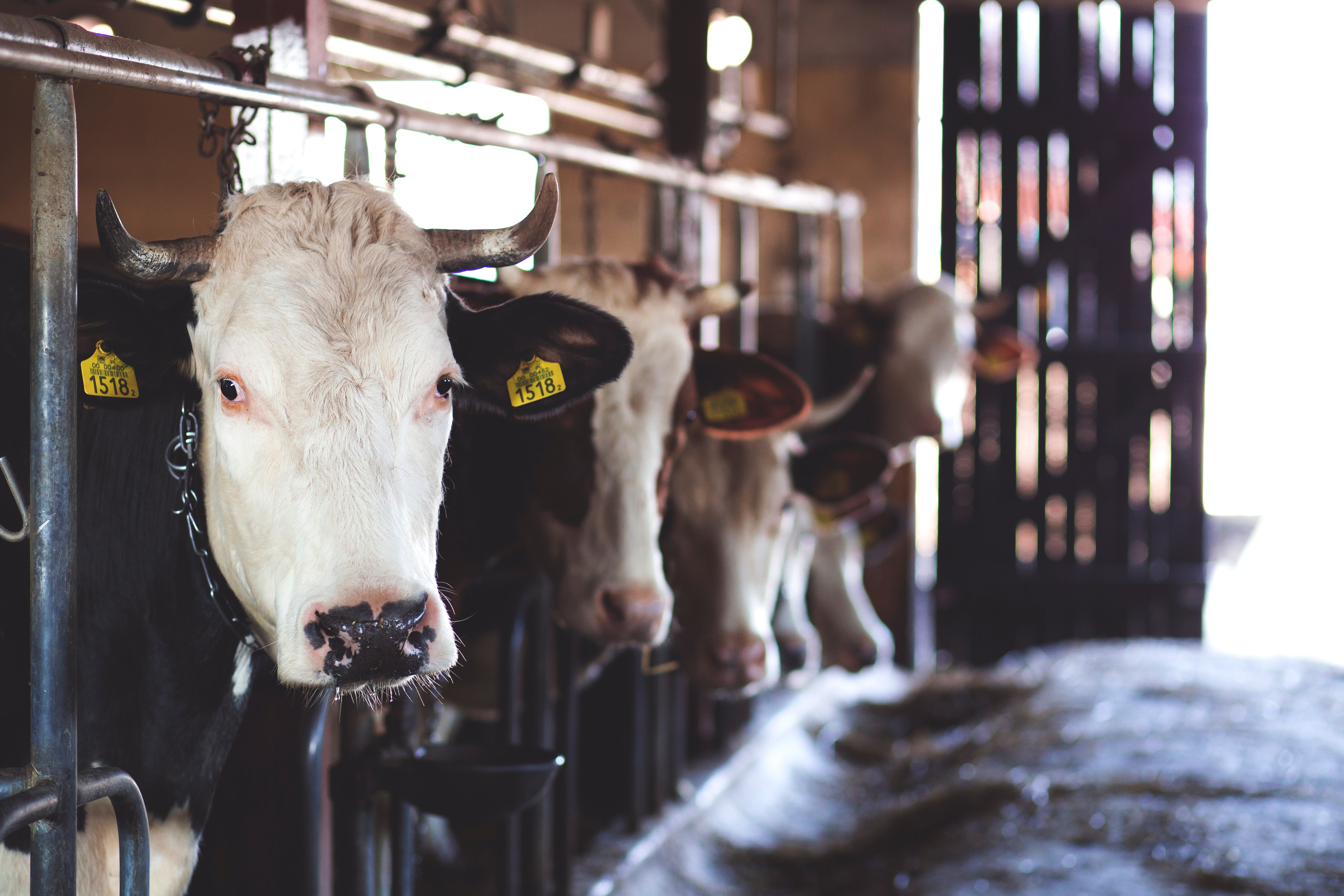
The scenario
Undercover footage filmed in an abattoir in Poland appears to show extremely sick cows being slaughtered. The video from a slaughterhouse located in the central Polish region of Mazovia depicts sick cows unable to stand and being dragged by their horns and legs out of trucks and into the abattoir using a winch. In addition, the slaughtering appears to take place at night with workers removing evidence of disease on the carcasses with no veterinary official on site.
Poland, a member of the European Union, exported more than 415 million kg of beef, totally more than $1.5 billion in 2017, according to the UN Comtrade. Poland exports approximately 80% for their total beef production.
According to the Patryk Szczepaniak, the person who recorded the footage, the carcasses including unfit ones were marked safe for human consumption without being inspected by a qualified veterinarian as law requires. Unfortunately, this is not the first Polsih slaughterhouse to be accused. In addition, an owner of another slaughterhouse was given a prison sentence for running a similar illegal operation.
EU regulation of meat slaughter and hygiene
The EU has many strict regulations for the slaughter of animals. Prior to slaughter, antemortem inspection is required. Antemortem inspection should be done within 24 hours of slaughter and repeated if slaughter has been delayed for over a day. This includes screening both sides of the animals at rest and in motion. Some of the goals of antemortem inspection are to reduce contamination on the killing floor, ensure the welfare of the animals, and to identify sick animals.
Regulation (EC) 853/2004 describes the requirement of food business operators (FBO), who is employed at the slaughterhouse, and ante-mortem inspection. The FBO must follow the instructions of the official veterinarian of the abattoir to ensure that ante-mortem inspection is carried out properly. Where ante-mortem inspection is not carried out, the official veterinarian of the abattoir must declare if the meat is acceptable for human consumption.
Importantly in the of sick or injured animals, it is the duty of the veterinarian to declare if fit for human consumption according to the EU regulations. This also highlights in addition to public health risks and food chain information breakdown, animal welfare concerns. Therefore, the EU also require an animal welfare officer at any facility that slaughters more than 1,000 head of cattle a year to monitor the welfare of the animals.
Steps forward
Europe, as much of the world, is changing quickly. Brexit is nipping at the heels of the UK and matters of legislation between the UK and the EU are still unclear. A local government association that represents councils in both Wales and England demonstrated concern if the UK quits the EU without an appropriate food safety standards deal.
Until March 29, the UK will remain part of the EU and therefore, part of the EU framework that ensures traceability of products including food, feed, and other animal products. The 2013 horse meat scandal, where horse meat was found in products labelled to contain 100% beef, demonstrated the importance for traceability. In the end, the horse meat was traced to a company that falsified the labels before sale.
The footage in the Polish slaughterhouse highlights the importance of traceability and animal welfare. Although there are many regulations in place to reduce and prevent incidents like these, they still occur, and it demonstrates the importance of open communication to prevent public health threats.
